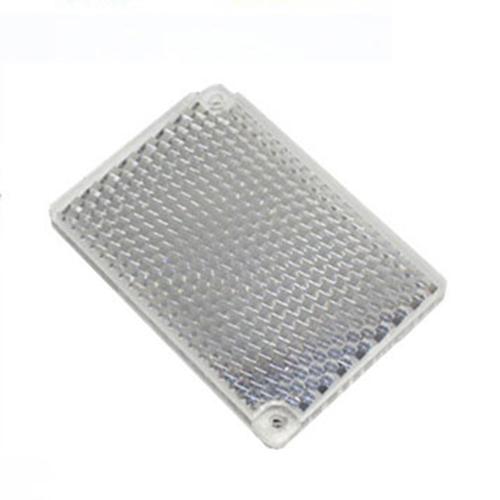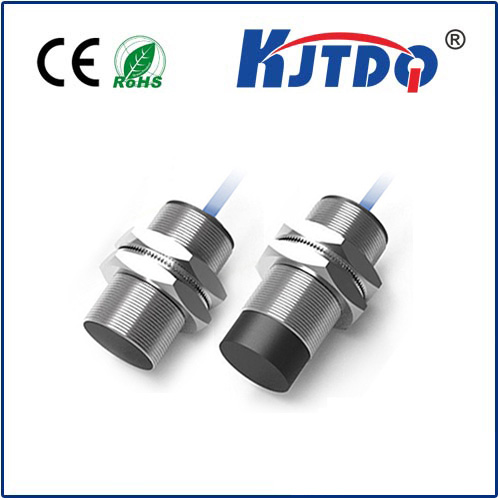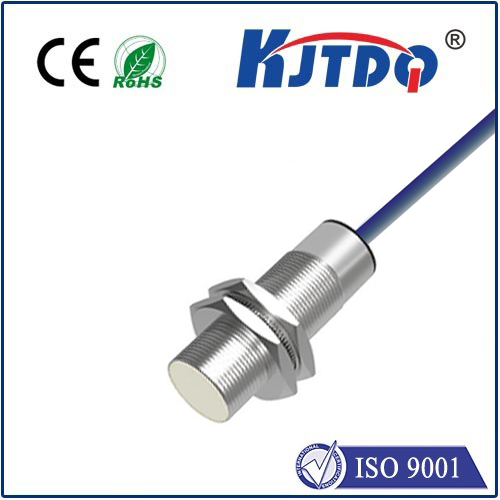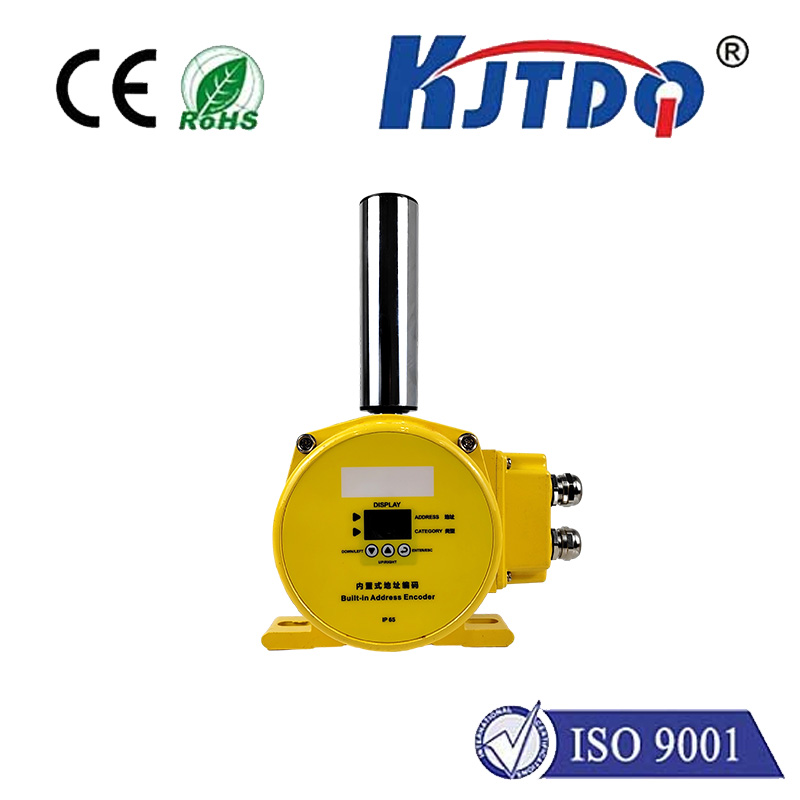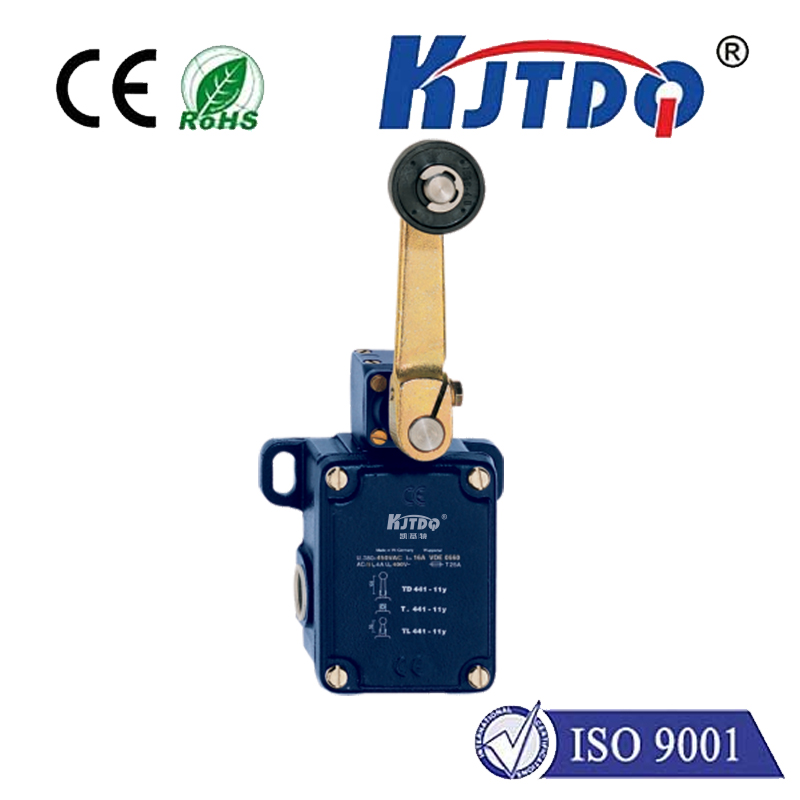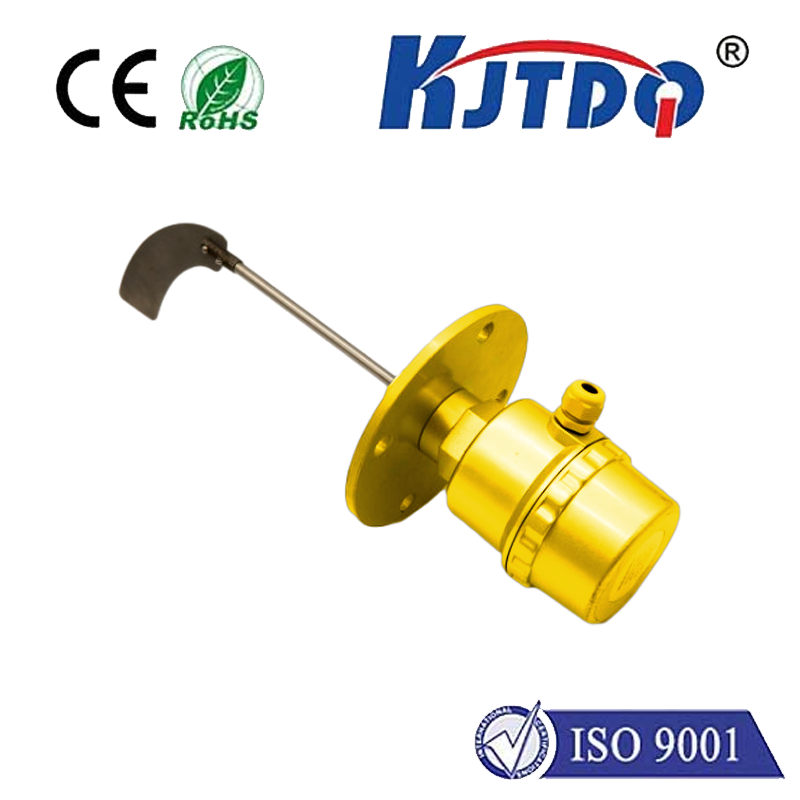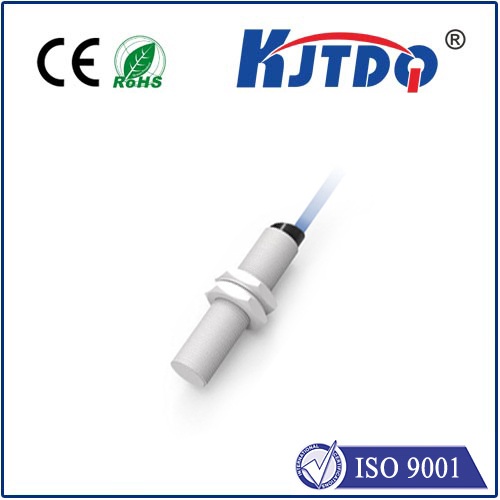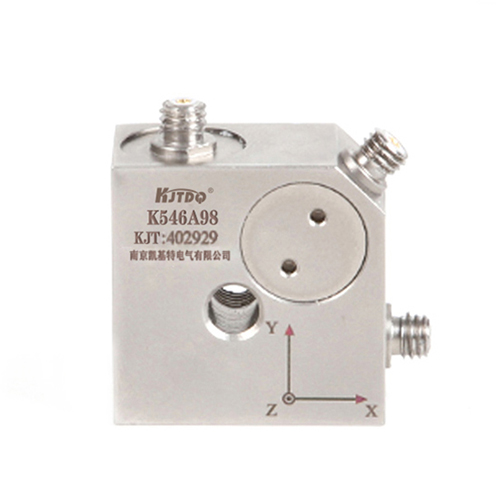реле датчика приближения
- time:2025-06-24 00:20:29
- Нажмите:0
Proximity Sensor Relays: The Silent Bridge Between Detection and Action
Imagine a bustling factory floor. Massive robotic arms swing with precision, conveyor belts hum, and products zip through quality control stations. Amidst this orchestrated chaos, countless decisions happen in milliseconds: “Is an object present at the packing station?” “Has the machine guard closed properly?” “Is the vehicle aligned correctly for loading?” The unsung heroes making these instantaneous judgments are often proximity sensors. But detection alone isn’t enough; action is required. This is where the crucial, often overlooked, component steps in: the реле датчика приближения. This pairing forms the intelligent nervous system of modern automation, transforming a simple “detect or not detect” signal into tangible, powerful control. Understanding how this duo operates unlocks the potential for smarter, safer, and more efficient systems across countless industries.
The Detectives: Understanding Proximity Sensors
At its core, a proximity sensor relay system starts with the sensor itself. These ingenious devices detect the presence or absence of an object without physical contact. They do this through various principles:
- Inductive Sensors: Detect metallic objects by generating an electromagnetic field. When metal enters this field, it induces eddy currents, causing a change in the sensor’s oscillation, triggering its output. These are workhorses in metalworking, machine tools, and automotive assembly.
- Capacitive Sensors: Detect both metallic and non-metallic objects (liquids, plastics, wood, etc.) by sensing changes in capacitance caused by an object entering their electrostatic field. Ideal for level detection, plastic part handling, or presence verification of diverse materials.
- Magnetic Sensors (Reed Switches or Hall Effect): Primarily detect the presence of a magnetic field, often from a permanent magnet attached to a moving part (like a cylinder). Used extensively for cylinder position feedback or door/window monitoring.
- Ultrasonic Sensors: Emit high-frequency sound waves and measure the echo return time to detect objects and distance. Useful for level monitoring in tanks or detecting objects regardless of material in challenging environments.
- Photoelectric Sensors: Utilize light beams (visible, infrared, laser). Detection occurs when an object interrupts (through-beam) or reflects (retro-reflective, diffuse) the light beam. Versatile for detecting a wide range of objects over varying distances.
The critical output from most standard industrial proximity sensors is a simple electrical signal: typically a DC voltage switching state (e.g., from 0V to 24V DC) when the target object is detected within its specified range.

The Muscle: The Role of the Relay
So, the sensor detects an object. What now? Connecting a proximity sensor to a relay solves a fundamental problem: signal amplification and isolation. The sensor’s output circuit is usually designed for low current switching. Attempting to drive high-power devices (large motors, solenoids, heaters, powerful lights) directly would overload and destroy the sensor.
This is the реле датчика приближения function. A relay is an electromechanical switch. It uses a low-power input signal (from the sensor) to energize an electromagnet. This magnet then physically moves contacts within the relay, opening or closing a separate, higher-power electrical circuit.
Why Use a Relay with a Proximity Sensor? (The Critical Synergy)
Integrating a relay for proximity sensor outputs offers several compelling advantages, forming the heart of this essential pairing:
- Power Handling (Amplification): This is the primary reason. The relay allows a tiny sensor signal (e.g., 100mA) to control vastly larger loads (e.g., 10A, 20A, or even higher). Think of starting a large conveyor motor or energizing a heavy-duty solenoid valve – tasks far beyond a sensor’s capability.
- Electrical Isolation: The relay acts as a barrier. The sensor circuit (low voltage DC) is entirely electrically isolated from the load circuit (which could be high voltage AC). This protects sensitive electronics in the sensor (and its controller) from potential voltage spikes, noise, or faults occurring in the high-power load circuit. Safety and reliability are significantly enhanced.
- Circuit Flexibility & Voltage Conversion: A proximity sensor operating on DC can easily control an AC load via a relay. Similarly, a sensor outputting one voltage level can control a load requiring a different voltage level through the relay contacts. This voltage translation capability provides immense design flexibility.
- Multiple Output Control: Some relays have multiple contact sets (poles). A single sensor signal can simultaneously control several independent load circuits using a multi-pole relay (e.g., turning on a light and starting a motor when an object is detected).
- Logic Functions (with Multiple Relays): Combining relays allows the creation of simple logic functions like AND, OR, NOT – crucial for building interlock safety systems or sequenced operations based on multiple sensor inputs.
Where Proximity Sensor Relay Systems Shine: Applications Galore
The proximity sensor relay circuit is ubiquitous in automation. Here are just a few examples:
- Machine Safety: Using a proximity sensor safety relay setup. A sensor detects if a safety guard is closed. Only when closed does the relay energize, allowing power to the dangerous machine. If the guard opens, the relay de-energizes instantly, cutting power. Safety-critical.
- Conveyor Systems: Sensors detect packages at the end of a line or sorting points. The relay starts/stops belts, diverts arms, or triggers packing machines.
- Position Sensing & Limit Control: Verifying cylinder extension/retraction (with magnetic sensors), detecting open/closed positions of doors or valves, ensuring robotic arms are in a “home” position before starting a cycle.
- Liquid Level Control: Capacitive sensors detect high or low liquid levels in tanks. Relays activate pumps (to fill) or valves (to drain) accordingly.
- Counting & Sorting: Detecting objects passing a point. After a preset count, a relay activates a diverter or stops the feed line.
- Lighting Control: Automatically turning on area lighting when presence is detected (e.g., in warehouses, parking garages).
- Automated Door Systems: Detecting approaching vehicles or personnel to trigger door opening mechanisms via relay control.
Designing and Implementing: Key Considerations
Setting up a robust реле датчика приближения system requires attention to detail:
- Sensor Selection: Choose the right type (inductive, capacitive, etc.) based on target material, required sensing distance, environmental conditions (temperature, dust, moisture), and output type (NPN or PNP transistor switching is common).
- Relay Selection: Match the relay coil voltage to the sensor’s output voltage/type. Crucially, select relay contacts rated for both the voltage (AC/DC) and current of the load you intend to control. Always include a safety margin (derating).
- Power Supply: Ensure a clean, stable power supply rated correctly for both the sensor(s) and the relay coils.
- Wiring & Protection: Use correct wire gauges. Protect the sensor and relay from voltage spikes generated by inductive loads (motors, solenoids) by installing a flyback diode across the relay coil and/or a Metal Oxide Varistor (MOV) across the load contacts. This is vital for longevity.
- Mounting & Environment: Mount sensors securely, observing their specified sensing range and avoiding interference. Protect relays from excessive dust,

